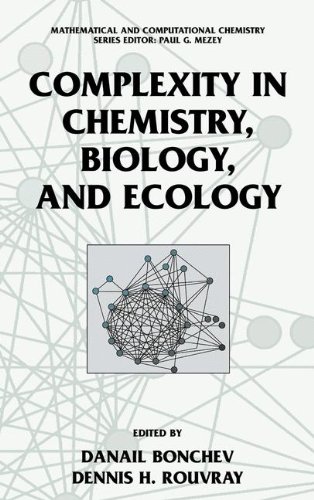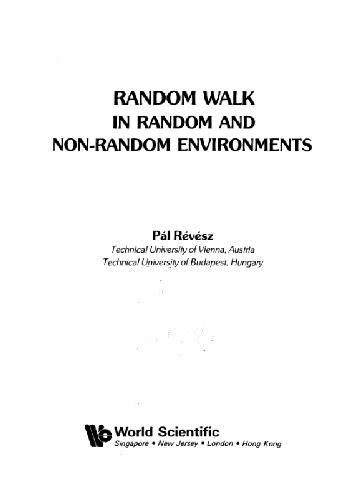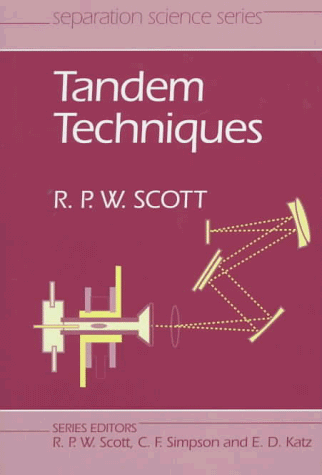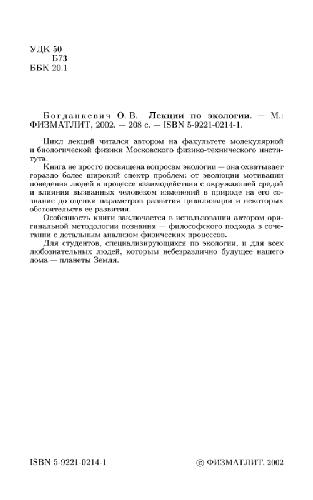Danail D. Bonchev, Dennis Rouvray9781441935922, 1441935924
Table of contents :
Cover Page……Page 1
Title Page……Page 4
ISBN 0387232648……Page 5
CONTRIBUTORS……Page 6
PREFACE……Page 8
2 COMPLEXITY AND SELF-ORGANIZATION IN BIOLOGICAL DEVELOPMENT AND EVOLUTION……Page 16
3 THE CIRCLE THAT NEVER ENDS: CAN COMPLEXITY BE MADE SIMPLE?……Page 17
5 QUANTITATIVE MEASURES OF NETWORK COMPLEXITY……Page 19
6 CELLULAR AUTOMATA MODELS OF COMPLEX BIOCHEMICAL SYSTEMS……Page 20
7 THE COMPLEX NATURE OF ECODYNAMICS……Page 21
1. Introduction……Page 22
2. On the Complexity of the Complexity Concept……Page 24
3. Complexity and Branching……Page 25
4. Complexity of Smaller Molecules……Page 28
5. Augmented Valence as a Complexity Index……Page 37
6. Complexity of Smaller Fullerenes……Page 41
7. Comparison of Local Atomic Environments……Page 46
8. The Role of Symmetry……Page 50
9. Concluding Remarks on the Complexity of Fullerenes……Page 55
10.1. Introductory remarks……Page 57
10.2. Helicity of nanotubes……Page 59
1. Introduction: Complex Chemical Systems in Biological Development and Evolution……Page 70
2. Dynamic Multistability and Cell Differentiation……Page 72
2.1. Cell states and dynamics……Page 74
2.2. Epigenetic multistability: the Keller autoregulatory transcription factor network model……Page 76
2.3. Dependence of differentiation on cell-cell interaction: the Kaneko-Yomo “isologous diversification” model……Page 80
3.1. Oscillatory dynamics and somitogenesis……Page 86
3.2. The Lewis model of the somitogenesis oscillator……Page 87
4. Reaction-Diffusion Mechanisms and Embryonic Pattern Formation……Page 91
4.2. Axis formation and left-right asymmetry……Page 92
4.3. Meinhardt’s models for axis formation and symmetry breaking……Page 93
5. Evolution of Developmental Mechanisms……Page 97
5.1. Segmentation in insects……Page 98
5.2. Chemical dynamics and the evolution of insect segmentation……Page 101
5.3. Evolution of developmental robustness……Page 104
6. Conclusions……Page 110
1. Introduction: The Nature of the Problem and Why it Has No Clear Solution……Page 118
1.1. The human mind and the external world……Page 120
1.2. Science and the myth of objectivity……Page 121
1.3. Context dependence and self reference……Page 123
2.1. Relational block diagrams……Page 124
2.2. Information as an interrogative. The answer to “why?”……Page 125
2.4. The answer to “why is the whole more than the sum of its parts?”……Page 127
2.5. Reductionism and relational systems theory compared……Page 128
2.7. An example: the [M,R] system and the organism/machine distinction……Page 129
2.9. Newtonian dynamics is not unique; there are alternatives that yield equivalent results……Page 133
2.10. Topology, thermodynamics and relational modeling……Page 135
2.11. The mathematics of science or is all mathematics scientific?……Page 138
3. The Structure of Network Thermodynamics as Formalism……Page 139
3.1. Network thermodynamic modeling is analogous to modeling electric circuits……Page 140
3.3. Characterizing the networks using an abstraction of the network elements……Page 141
3.4. The nature of the analog models that constitute network thermodynamics……Page 142
3.5. The constitutive laws for all physical systems are analogous to the constitutive laws for electrical networks or can be constructed as the models for electronic elements……Page 143
3.6. The resistance as a general systems element……Page 144
3.7. The capacitance as a general systems element……Page 145
3.9. The formal description of a network……Page 147
3.10. The formal solution of a linear resistive network……Page 149
3.12. Linear multiports are based on non-equilibrium thermodynamics……Page 151
4. Simulation of Non-Linear Networks on Spice……Page 154
4.2. Simulation of mass transport in compartamental systems and bulk flow……Page 155
4.4. The canonical representation of linear non-equilibrium systems, the metric structure of thermodynamics, and the energetic analysis of coupled systems……Page 156
4.5. Tellegen’s theorem and the onsager reciprocal relations (ORR)……Page 157
5.1. A message from network theory……Page 159
5.2. An “emergent” property of the 2-port current divider……Page 160
5.3. The use of relational systems theory in chemistry and biology: past, present, and future……Page 162
5.4. Conclusion: there is no conclusion……Page 165
1. Introduction……Page 176
2. Basic Properties of Random Graphs……Page 178
2.1. Degree distribution……Page 179
2.3. Average path length……Page 180
2.4. Clustering……Page 182
2.5. Small-worlds……Page 183
3. Protein Structure and Contact Graphs……Page 185
3.1. Proteins are small worlds……Page 186
3.2. Hierarchical clustering in contact maps……Page 187
4. Protein Interaction Networks……Page 190
4.1. Assortativeness and correlations……Page 192
4.2. Correlation profiles……Page 193
4.3. Proteome model……Page 196
5. Gene Networks……Page 201
6. Overview……Page 208
1. Some History……Page 212
2.1. Basic notions in graph theory [36-38]……Page 214
2.2. Adjacency matrix and related graph descriptors……Page 216
2.3. Clustering coefficient and extended connectivity……Page 217
2.4. Graph distances……Page 219
2.5. Weighted graphs……Page 222
3.1. Careful with symmetry!……Page 223
3.2. Can Shannon’s information content measure topological complexity?……Page 224
3.3. Global, average, and normalized complexity……Page 226
3.4. The subgraph count, SC, and its components……Page 228
3.5. Overall connectivity, OC……Page 231
3.6. The total walk count, TWC……Page 232
4.1. The A/D index……Page 234
4.2. The complexity index B……Page 236
5. Vertex Accessibility and Complexity of Directed Graphs……Page 239
6. Complexity Estimates of Biological and Ecological Networks……Page 242
6.1. Networks of Protein Complexes……Page 243
6.2. Food webs……Page 247
7. Overview……Page 251
1.1. Introduction……Page 258
1.2. The “what” of modeling and simulation……Page 259
1.3. Back to models……Page 265
1.4. Models in chemistry and molecular biology……Page 267
2.1. Defining complexity: complicated vs. complex……Page 269
2.2. Defining complexity: agents, hierarchy, self-organization, emergence, and dissolvence……Page 271
3.1. Cellular automata……Page 278
3.2. The general structure……Page 279
3.3. Cell movement……Page 283
3.4. Movement (transition) rules……Page 288
3.5. Collection of data……Page 294
4.1. Introduction……Page 295
4.2. Water structure……Page 296
4.3. Cellular automata models of molecular bond interactions……Page 298
4.4. Diffusion in water……Page 301
4.5. Chreode theory of diffusion in water……Page 304
4.6. Modeling biochemical networks……Page 310
5. General Summary……Page 318
1. Introduction……Page 324
2. Measuring the Effects of Incorporated Constraints……Page 327
3. Ecosystems and Contingency……Page 328
4. Autocatalysis and Non-Mechanical Behavior……Page 332
5. Causality Reconsidered……Page 337
6. Quantifying Constraint in Ecosystems……Page 339
7. New Constraints to Help Focus a New Perspective……Page 345
AUTHOR INDEX……Page 352
B……Page 358
C……Page 359
E……Page 360
I……Page 361
M……Page 362
P……Page 363
T……Page 364
U,V,W,Z……Page 365







Reviews
There are no reviews yet.